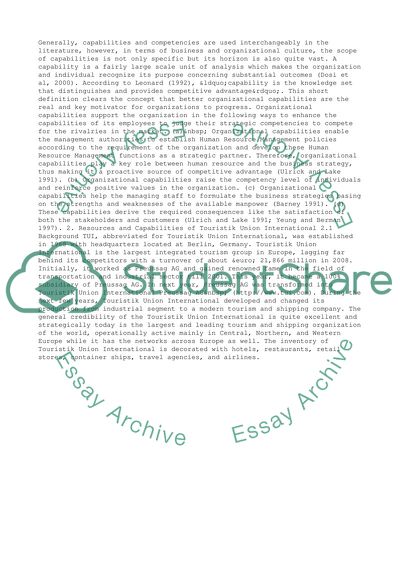Cite this document
(Managing Capability - Firm Resources and Sustained Competitive Advanta Case Study, n.d.)
Managing Capability - Firm Resources and Sustained Competitive Advanta Case Study. Retrieved from https://studentshare.org/management/1397817-managing-capability
Managing Capability - Firm Resources and Sustained Competitive Advanta Case Study. Retrieved from https://studentshare.org/management/1397817-managing-capability
(Managing Capability - Firm Resources and Sustained Competitive Advanta Case Study)
Managing Capability - Firm Resources and Sustained Competitive Advanta Case Study. https://studentshare.org/management/1397817-managing-capability.
Managing Capability - Firm Resources and Sustained Competitive Advanta Case Study. https://studentshare.org/management/1397817-managing-capability.
“Managing Capability - Firm Resources and Sustained Competitive Advanta Case Study”, n.d. https://studentshare.org/management/1397817-managing-capability.


